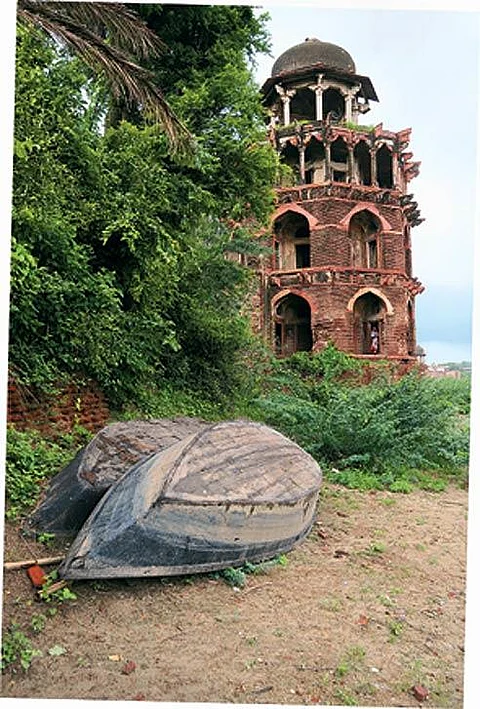
- Destinations
- Experiences
- Stay
- What's new
- Celebrating People
- Responsible Tourism
- CampaignsCampaigns
- SubscribeSubscribe
- Buy Now

You&rsquore probably wondering what Agra is doing here. Indeed, the Monument That Will Not Be Named has long overshadowed the Agra you&rsquove never seen (but should) &mdash a prosperous mercantile town that flourished under the Mughals and later, in colonial times, under the British.
The architectural legacy of that period can be seen in areas such as Lohamandi, Nai ki Mandi and Civil Lines. Lohamandi, near the Raja ki Mandi station. is a quiet residential area, its narrow streets lined with interesting old houses, replete with exquisitely carved doorways and, occasionally, overhung by balconies. The Civil Lines area has a well-kept Roman Catholic cemetery as well as the grand Indo-Saracenic St John&rsquos College, and the more welcoming Gothic Agra College. Other monuments of interest include Kandahari Bagh, Akbar&rsquos Church and the Roman Catholic Cathedral, the dargah of Shah Alauddin Mujzub, Jahanara&rsquos garden and the ruined Mughal gardens (north of the tomb of Itmad-ud-Daula).
Getting there Agra is 205km/3hr by road from Delhi. Or, you can take the train. The Taj Express conveniently stops at the Raja ki Mandi station, which is closer to Akbar&rsquos Tomb, the old city and the riverside gardens.
